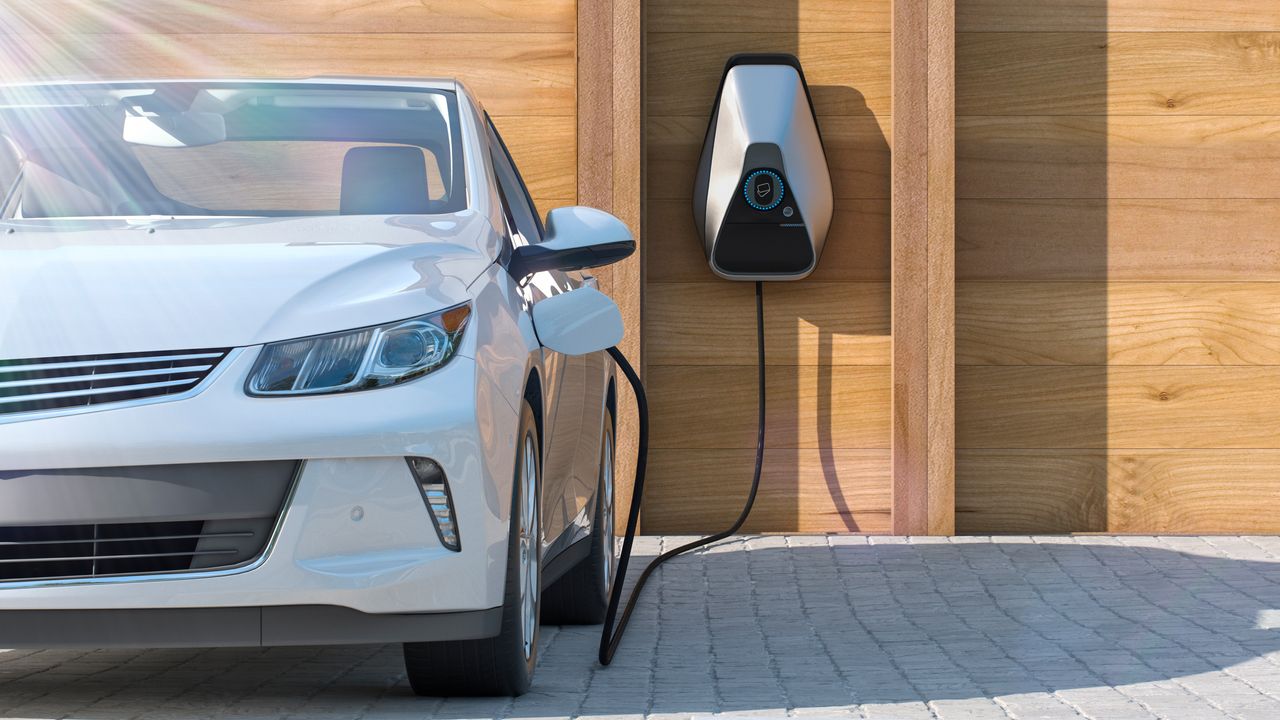Electric Vehicle Charging at Home: Options and Considerations
As electric vehicles (EVs) become more popular, it’s important to understand the options and considerations for charging them at home. The two main components of a home EV charging setup are the EVSE (Electric Vehicle Supply Equipment) and the charging installation.
EVSE Options
There are two main types of EVSE: Level 1 and Level 2. Level 1 EVSE uses a standard 120-volt household outlet and can provide up to 4 miles of range per hour of charging. This is the slowest option, but it’s also the most affordable and requires no special installation. Level 2 EVSE requires a 240-volt circuit and can provide up to 25 miles of range per hour of charging. This option is faster, but it requires a dedicated circuit and professional installation.
When choosing an EVSE, it’s important to consider the charging speed you need, the cost of the unit, and the installation requirements. Some EV manufacturers offer their own branded EVSE, but there are also many third-party options available.
Charging Installation Considerations
Installing a Level 1 EVSE is as simple as plugging it into a standard outlet. However, installing a Level 2 EVSE requires a dedicated 240-volt circuit and a professional electrician. The cost of installation can vary depending on your home’s electrical system and the distance between your electrical panel and the location where you want to install the EVSE.
It’s important to ensure that your electrical system can handle the additional load of an EVSE. You may need to upgrade your electrical panel or service to accommodate the EVSE. Additionally, you should consider the location of the EVSE. It should be easily accessible for your vehicle and protected from the elements.
Charging Cable Options
In addition to the EVSE, you will also need a charging cable to connect your vehicle to the EVSE. Most EVs come with a Level 1 charging cable, but you may need to purchase a Level 2 cable separately. It’s important to ensure that the cable you choose is compatible with your EV and the EVSE you have installed.
Some EVSEs come with a charging cable, while others require you to purchase one separately. It’s important to choose a high-quality cable that is durable and can handle the power output of your EVSE.
Conclusion
Charging your EV at home is convenient and cost-effective, but it requires careful consideration of the EVSE, charging installation, and charging cable options. By understanding these options and working with a professional electrician, you can create a safe and efficient home charging setup for your electric vehicle.
